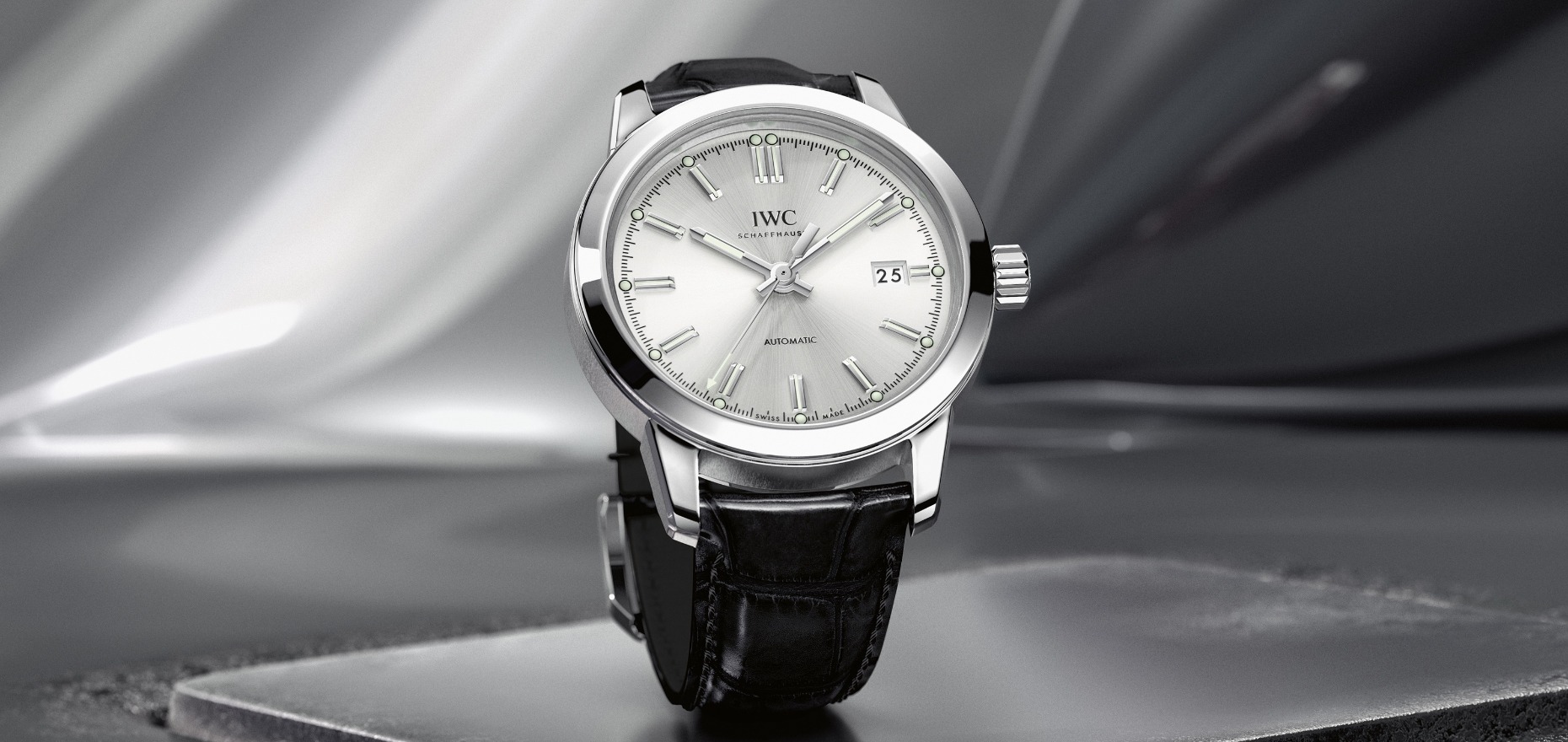
The 1970s were in many ways groundbreaking for today’s luxury watch industry. While some classics such as the Breitling Navitimer (1952), the Rolex Day-Date (1956) or the Junghans Max Bill (1961) had already been successfully launched, the 1970s paved the way for a new type of wristwatch: the luxury stainless steel sports watch.
First and foremost, the Gérald Genta icons Royal Oak and Nautilus come into mind of course. However, in 1976, almost at the same time as the Nautilus, another reference came onto the market that is often forgotten among the Genta classics nowadays.
Probus Scafusia: A watch for engineers and scientists
When the Swiss Hans Ernst Homberger took over the management of the International Watch Company in Schaffhausen in 1955, one of his first official acts was to introduce a new watch. True to the company philosophy of “Probus Scafusia” (engl. good craftsmanship from Schaffhausen), the reference 666 was launched – an extremely robust piece of engineering by the standards of the time.
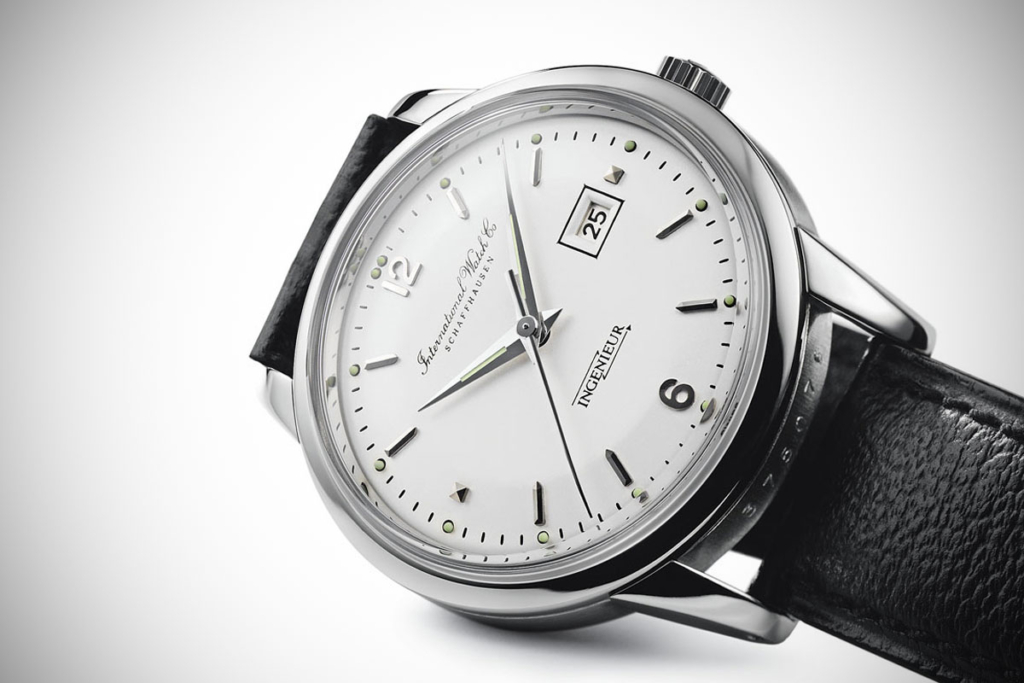
The 666 made us of the newly invented Pellaton winding system, an IWC invention, and a special soft-iron cage inside. This cunning invention could reliably protect the movement of the watch from magnetic fields of up to 80,000 amperes per meter (A/m) or 1,000 Gauss. (Just for the sake of comparison: The current Rolex Milgauss from 2007 has the same resistance to magnetic fields.) In addition, the 666 Ingenieur was waterproof up to 100m and also easily legible in the dark thanks to its luminous mass.
In line with the worldwide technical progress
The original Ingenieur was designed as a watch for engineers and scientists who were exposed to strong electromagnetic fields in their daily work. Its design therefore had to be accordingly modest and restrained. The 36.5 mm diameter, the elegant sword hands and the uncluttered dial layout were well received and the watch was offered almost unchanged by IWC for over a decade. However, after 12 years, in 1967, the watch had to make way for the new Ref. 866.
In 1976, none other than Gérald Genta gave the watch a facelift. The new Ingenieur went by the name Ingenieur SL “Jumbo”, which IWC today describes in retrospect as “one of the company’s strongest design innovations”.
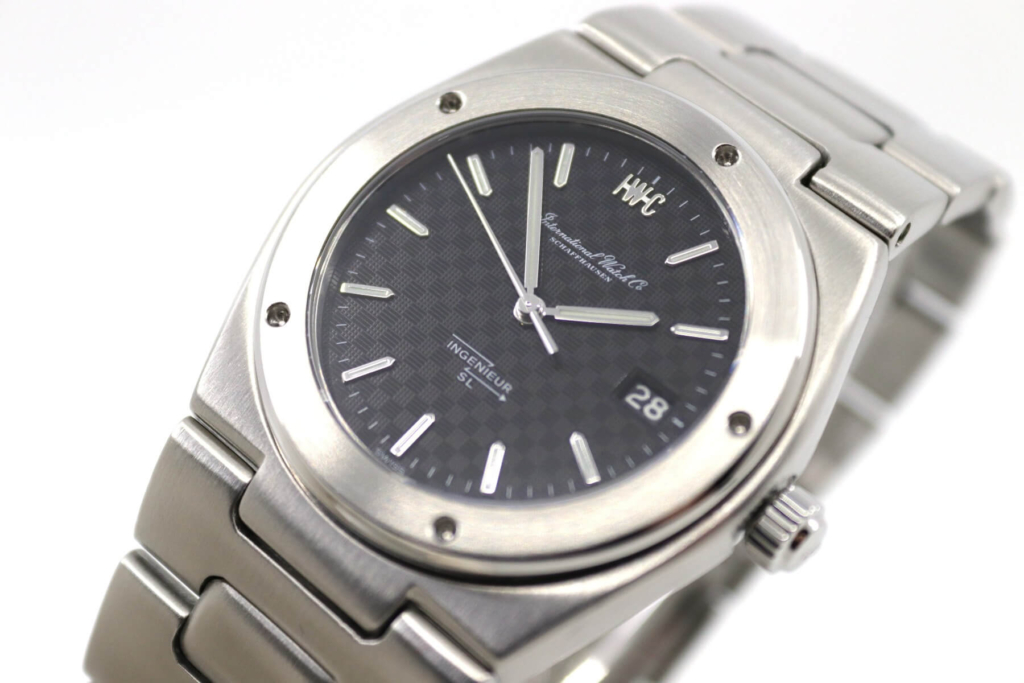
Genta discarded the easily exchangeable leather strap and opted for an integrated stainless-steel solution (which the world already knew from the Royal Oak and the Nautilus). This decision resulted in a modified case design, as IWC dropped the circular case and went for an almost tonneau-shaped case instead. Genta’s remodeling also included the dial, making the “graph paper” dial design see the light of day. Another novelty were the iconic screws on the bezel, which had already been used successfully in 1974 for the launch of the Audemars Piguet Royal Oak.
Renunciation of Genta and back to the own roots instead
It may be in the nature of the collection as a scientist watch that the Ingenieur collection has become a bit of a playground for IWC over the years. From quartz models, to carbon fiber cases, to constant force tourbillons, IWC has left no stone unturned. Although the brand experimented vividly, most ideas were eventually scrapped again.
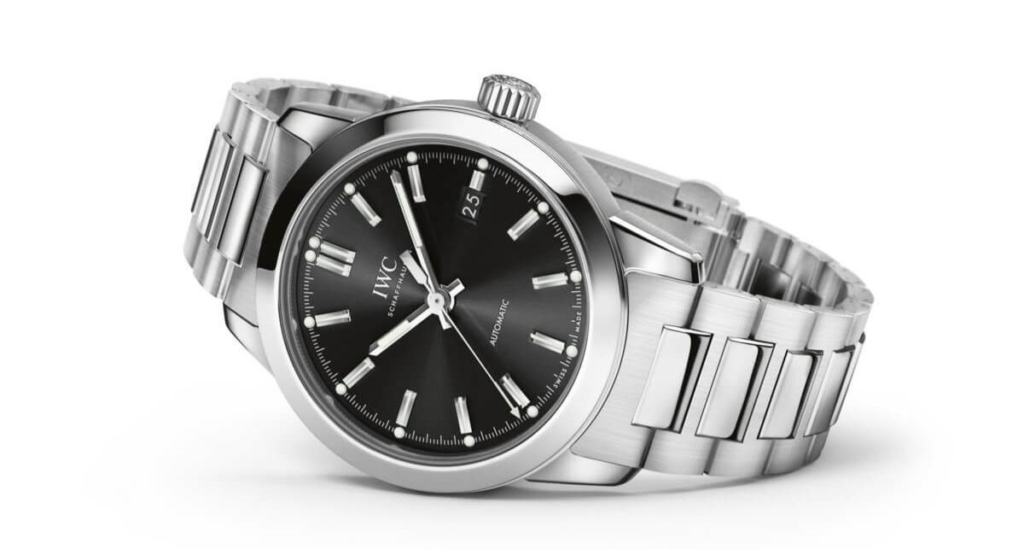
In 2017, IWC decided to return to the design language of the first Ingenieur model from 1955. This meant that the watches henceforth dispensed with all the so characteristic Genta elements: The five screws along the bezel and the integrated bracelet had to make room for a round case and a polished bezel. In turn, the subtle luminous dots along the minute scale celebrated a return, carefully borrowed from OG Ingenieur.
These days, the Ingenieur collection consists of classic three-hand watches as well as chronographs that are either available in stainless steel or rose gold. The most intricate piece is a perpetual calendar chronograph.
Conclusion
From a classic three-hand watch with polished bezel to a full-fledged Genta watch and back, IWC’s Ingenieur collection has returned to where it once started in 1955. Even though the diameter of the current three-hand watch has been increased to a more contemporary 40mm, it is still an unpretentious watch for connoisseurs, seeking to fly under the radar.
You can also find IWC Ingenieur watches in our shop.
More about Gérald Genta
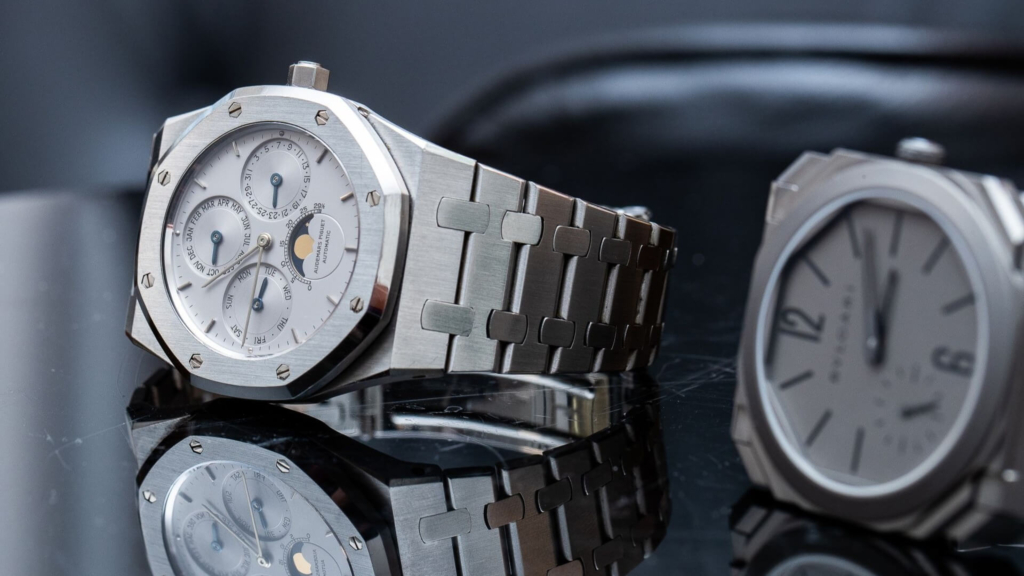
By the way: If you would like to learn more about the great Gérald Genta and his watches, we recommend our video with the renowned watch expert Gisbert Brunner, in which we go hands-on with three legendary Genta classics.






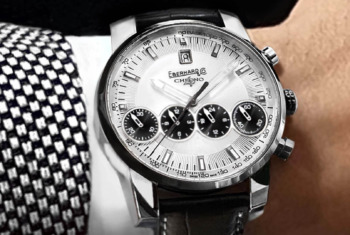
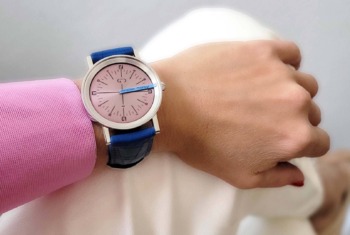

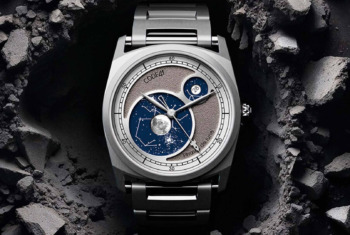
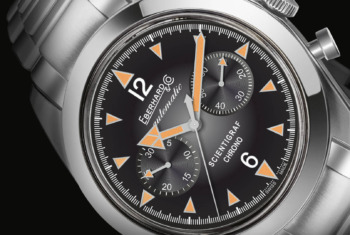
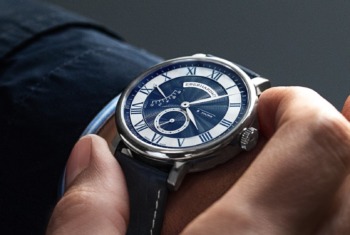
Dropping GG’s design? Lèse-majesté 😂
A re-issue of the Ingenieur SL would be so sexy.
@IWC, if you’re reading this, make it happen please!
No doubt it’s a nice watch, but almost 5 grand for the current three-hander (IW357001) is quite frankly a joke…
[…] three years prior to the original Laureato (1975). The Genta classics Patek Philippe Nautilus and IWC Ingenieur SL “Jumbo” (both from 1976) were not even conceived yet. Claiming that the Laureato simply jumped on the […]
The Ingenieur really is an underrated collection, I think. The Portofino and Portugieser take all the praise.